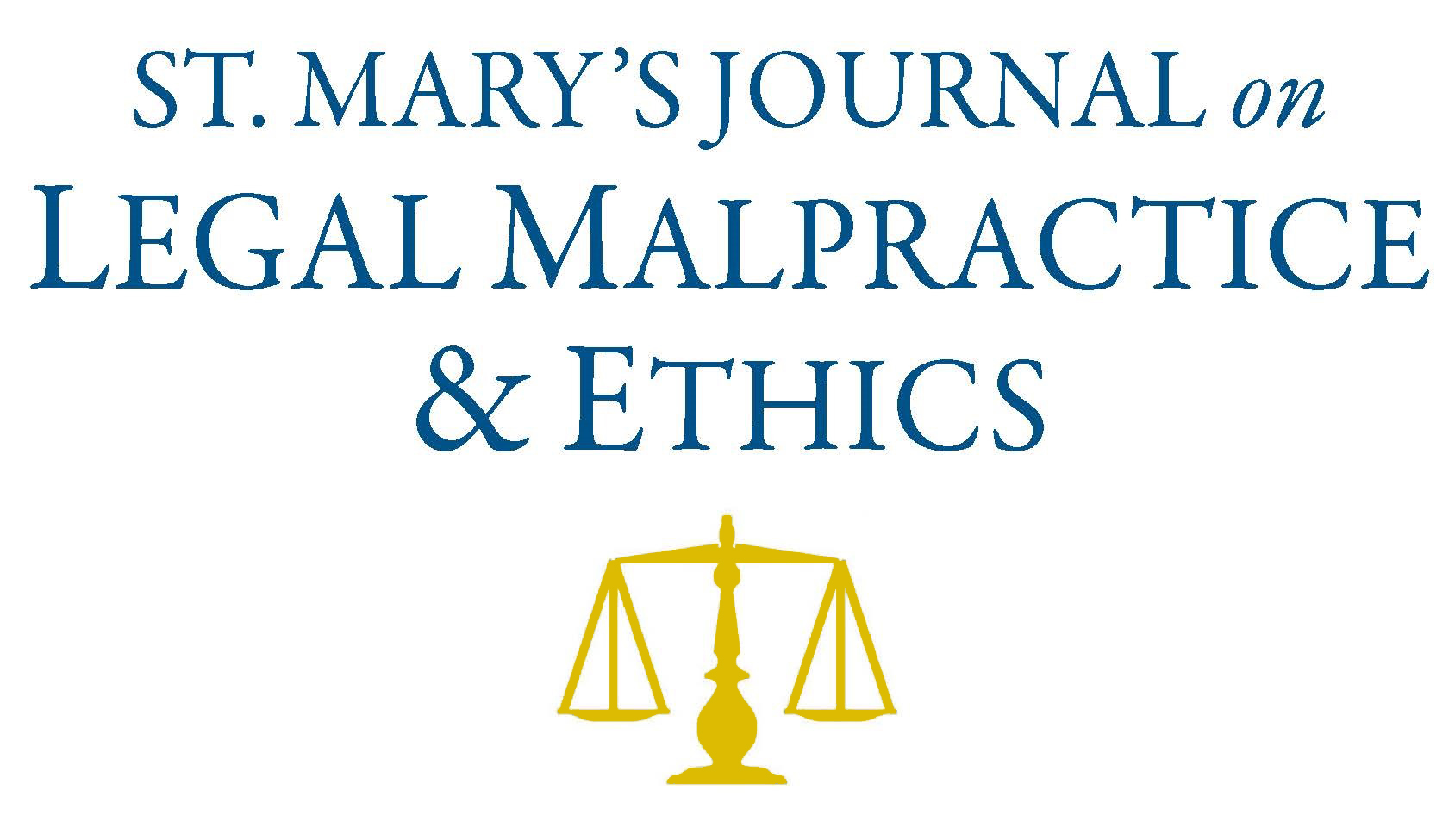
First Page
238
Date Created
10-2017
Publisher
St. Mary's University School of Law
Editor
Marissa E. Olsen
Last Page
303
Abstract
In recent years, high profile disqualification disputes have caught the attention of the public. In each instance there has been an outcry when a presiding jurist was asked to recuse but declined. Unfortunately, even if the jurist explains his refusal to recuse, the reasons given often are unsatisfying and do little to quell suspicions of bias. Instead, litigants, the press, and the public question whether the jurist actually is unbiased and doubt the impartiality of the judiciary as a whole. This negative reaction to refusals to recuse is caused, at least in part, by politically charged circumstances that cause further suspicions of the jurists’ motives. However, another significant problem underlying this disconnect between the perception of judicial bias by the bench and the public is the bias blind spot, a cognitive illusion that creates asymmetries in people’s perceptions of bias in themselves versus their perception of bias in others. We can address this disconnect by reforming how disqualification decisions are made and the substantive standards applied in such disputes. This Article proposes that all courts adopt one of two methods for deciding disqualification depending on the substantive standard—per se or catch-all rules—underlying the recusal request. This two-pronged approach is designed to: (1) counter the likely impact of the bias blind spot; and (2) avoid pointless disqualification disputes that unnecessarily undermine the judiciary’s generally well-earned reputation for impartiality.
Recommended Citation
Melinda A. Marbes,
Reforming Recusal Rules: Reassessing the Presumption of Judicial Impartiality in Light of the Realities of Judging and Changing the Substance of Disqualification Standards to Eliminate Cognitive Errors,
7
St. Mary's J. on Legal Malpractice & Ethics
238
(2017).
Available at:
https://commons.stmarytx.edu/lmej/vol7/iss2/4
Included in
Cognition and Perception Commons, Cognitive Psychology Commons, Judges Commons, Law and Psychology Commons, Law and Society Commons, Legal Ethics and Professional Responsibility Commons, Legal Profession Commons, Legal Remedies Commons

